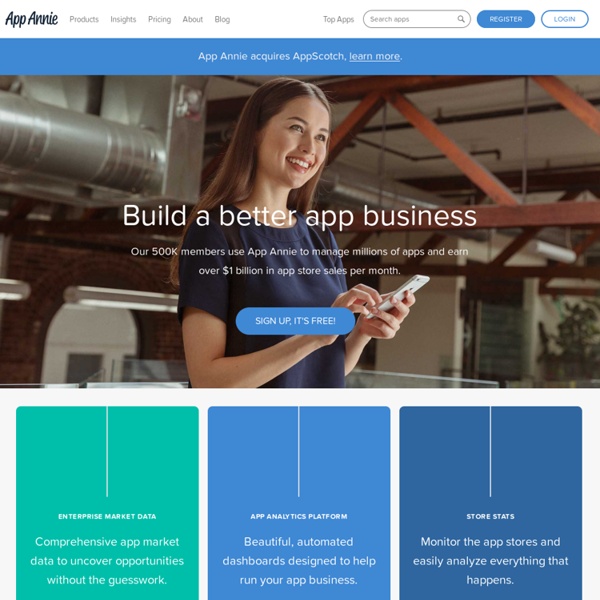



Monument Valley Team Reveals The Cost And Reward Of Making A Hit iOS Game Games and the formula that leads to their success can be a bit of a mystery, perhaps more so on mobile. One of 2014’s big hits, both in terms of critical and audience success, was Monument Valley by ustwogames. The isometric 3D puzzler was breathtaking in terms of its visual design and had nice mechanics, and it managed to earn nearly $6 million in revenue from over 2.4 million individual app sales. But the cost of development might surprise you, as well as the completion rate for the game’s relatively short story among paying players. Monument Valley counted 2,440,076 official sales, which includes iOS, Google Play, Amazon Paid and Amazon Free (via featuring) app installs. iOS drove the brunt of the official DLs (the Android launch also resulted in a piracy rate of around 95 percent, ustwo revealed previously), while Amazon’s free release drove about 4 times as many downloads as did its paid sales.
The Verge Zenefits: Free Online HR Software The problem with App Store distribution in 3 charts Last week, Comscore released its US Mobile App Report, a comprehensive analysis of app usage in the United States. At a general level, the report highlights the continued shift in consumer digital media engagement from the desktop and mobile web to mobile apps and paints a relatively optimistic picture of the mobile ecosystem: Continued growth in mobile engagement, from 47% of total digital media time in March 2013 to 60% in June 2014;Relatively high median income levels for mobile device owners: $85k for iOS and $61k for Android, compared to a $51k median household income overall in the US and $55k for viewers of 'America's Funniest Home Videos';A healthy balance of age groups, especially on iPhone, where no single group represents more than 23% of the total ownership base or less than 16%. But one subtextual theme present throughout the report casts a bleak pall over the prospect of app store distribution becoming less concentrated in the hands of the largest developers. 1. 2. 3.
Reveal the Hacker Within: Build a Better Search Experience for Free with Algolia’s new Hacker Plan | Milliseconds Matter Yes, Algolia has a free version, and now it’s even better. Like many SaaS companies, we offer a version of our product that’s free to use. We want people to be able to try Algolia without feeling like they have to make a financial commitment, and we also want to make our technology available to companies just starting out who might not be able to afford any monthly subscription fee. But our free plan, otherwise known as our Hacker plan, just wasn’t cutting it. We have historically limited access to this plan to select open source projects and nonprofits, but we want to really allow people to test the full functionality of Algolia. Ultimately, our Hacker plan couldn’t have the restrictions we initially put in place. So, we decided to change it. And if you get to a point where the Hacker plan doesn’t meet your needs anymore, it’s really easy to upgrade to one of Algolia’s paid plans. That’s our Hacker plan in a nutshell. Get started implementing Algolia
Mobile App Developers are Suffering — Startups, Wanderlust, and Life Hacking Mobile App Developers are Suffering “It’s just too saturated. The barriers to adoption and therefore monetization are too high. Said my friend as he described why his company stopped building native apps. My mind then wandered through this ‘saturation’ concept. Why is it that the mobile app medium has become saturated with apps while the mobile web is still capable of absorbing more websites? How Bad is the Mobile App Ecosystem? At Branch, we’ve created the deep linking standard for app developers that helps companies drive growth and re-engagement to their business. I took a look at the breakdown of relative traffic (measured in relative total rankings) to the top 1000 non-games in the iOS App Store and the results are frightening. As you can see, as you approach even the 10th most popular app (Skype), it’s a small fraction of the traffic seen by the top app (Facebook). Now, take a step back. This would indicate that the App Store became saturated back in 2008 when we hit 1000 apps.
CubicWeb Semantic Web Framework Open Strategy